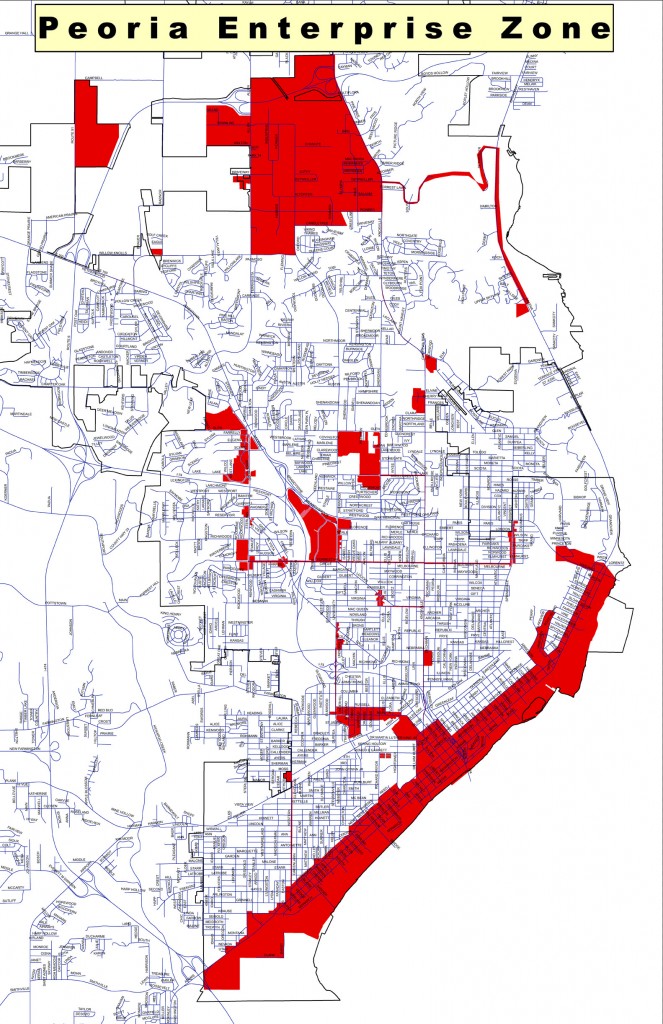The pressure is mounting on the Peoria City Council. Now State Senator David Koehler has weighed in with a letter supporting developer Gary Matthews:
 Letter from Sen. Koehler
Letter from Sen. Koehler
Here’s the text of the letter:
I am respectfully asking you to reconsider all available options so that we may see the Downtown Marriott Hotel Project agreement with EM Properlies, Ltd. move forward. Given the hard work carried out by you, the City of Peoria, EM Properties, Mike Everett and the West Central IL Building and Construction Trades, it would be a real setback if we were not able to move forward with this job creating and economic growth project at this time.
Further, if the project is abandoned now, we would be leaving behind valuable and hard won tax credits procured through the Illinois General Assembly. Just to clarify, if the tax credits are not used by the current developer, we would have to go back through the time consuming legislative process to have a new bill passed before they would be available to any other developer.
In the interest of downtown economic development and job creation, I hope that we can find a way to resume the Marriott Hotel Project. Again, I ask for your reconsideration of all available options to keep this project.
My take: I wonder if Sen. Koehler has sent any similar letters to developer Gary Matthews over the past two and a half years. You know, letters expressing the importance of this project and putting pressure on him to get started on it; letters explaining that the tax credits can only be used by him and that they will be lost if he fails to fulfill his agreement with the City. And about those “hard won tax credits” — are those the one that Governor Pat Quinn agreed to sign after Mr. Matthews contributed $10,000 to his campaign? Hard won, indeed. Was the point of that legislation to force the City to fulfill a contract with a developer whether or not he performs?
Also, is what Sen. Koehler said really true? According to Public Act 096-0933, “For tax years beginning on or after January 1, 2010 and ending on or before December 31, 2015, a taxpayer who qualifies for a credit under the Historic Preservation Tax Credit Pilot Program Act is entitled to a credit against the taxes imposed under subsections (a) and (b) of Section 201 of this Act as provided in that Act.” And just who is a qualified taxpayer? It’s “the owner of the qualified historic structure or any other person who may qualify for the federal rehabilitation credit allowed by Section 47 of the federal Internal Revenue Code.” And finally, what is a “qualified historic structure”? “‘Qualified historic structure’ means a hotel that is located in the City of Peoria and that is defined as a certified historic structure under Section 47 (c)(3) of the federal Internal Revenue Code.” That pretty much means the Pere Marquette.
So from a plain reading of the law, it appears that the historic tax credits are limited to the Pere Marquette, but not limited to Gary Matthews as the developer. The current owners of the Pere Marquette, for instance, could get these tax credits, it would appear. The only other limitation in the law has to do with timing — the credit can only be taken during tax years prior to 2016. Could there be other restrictions? Certainly. I’ve heard anecdotally that there is some sort of application process, and that the window of opportunity for applying is now closed. But I have not been able to find a citation to such a provision so far.
But why question him? Let’s assume he’s right, and we’ll lose these tax credits. What are we losing? Nothing. This is like the person who thinks that, if they don’t buy a $5 box of Cheerios so they can use their 50-cents-off coupon, they will be “losing” fifty cents. In fact, they could just not buy the box of Cheerios and not spend $4.50. We’re not losing the tax credits; we’re not spending $37 million that we don’t have and may never be able to recoup. Furthermore, Gov. Quinn signed into law River Edge Redevelopment historic tax credits which the City could use toward redevelopment of the Pere if it’s included in the redevelopment zone.
Bottom line, with all due respect to Sen. Koehler, the City of Peoria needs to look out for the best interests of its taxpayers, and cancelling this project is the way to do it. I know there are a lot of good-hearted investors that only want what’s best for Peoria, and I applaud them for their efforts. But there is no reason to put any more faith in the developer, and with the economy’s continuing weakness, there is even less reason than in 2008 to believe this project will ever be profitable. Not all investments work out, and the government can’t afford to keep bailing out bad investments.
The Wonderful Development must die.

